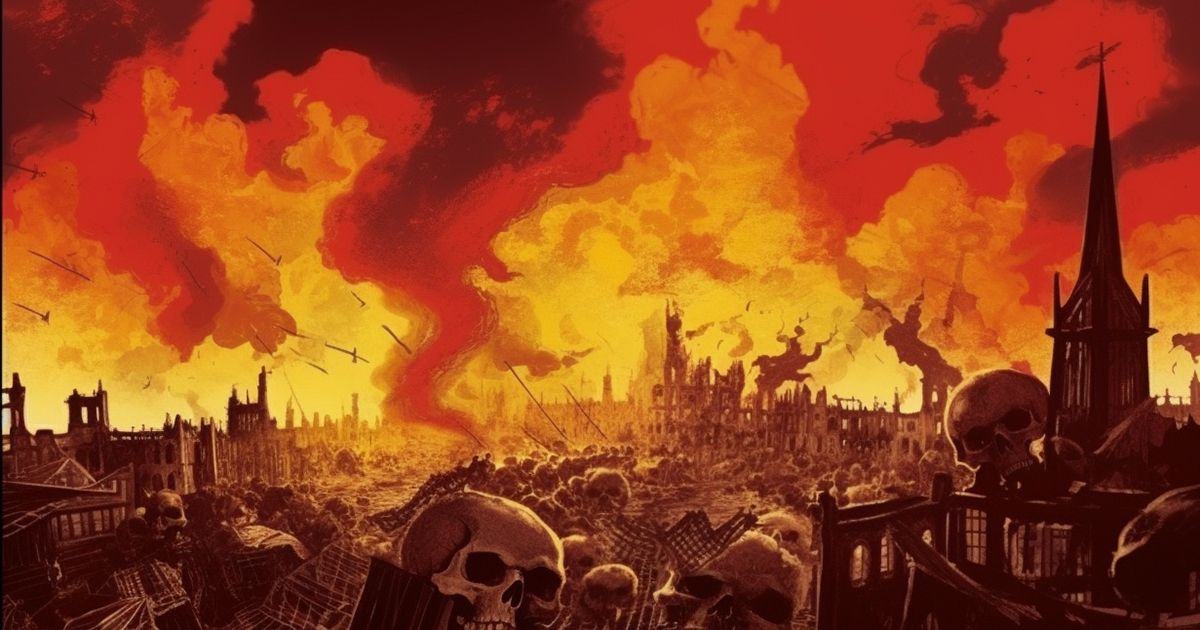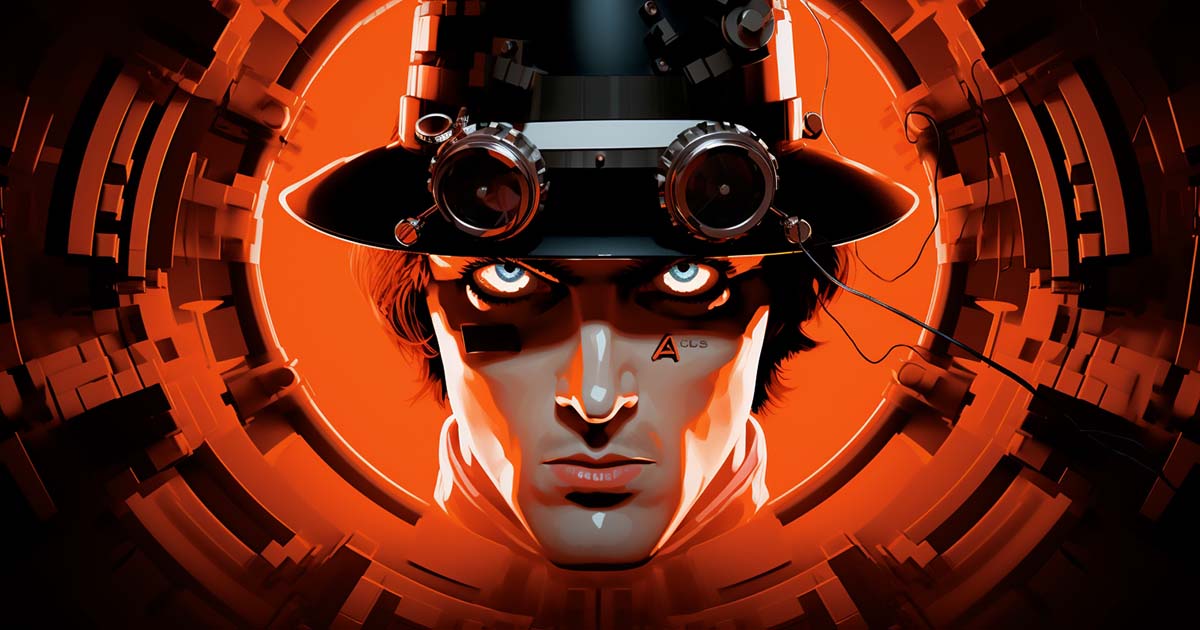Top Ten Science Fiction Novels from the 1960s
Explore the top 10 English-language sci-fi novels of the 1960s, a decade of groundbreaking ideas in science fiction, shaping the genre forever.

The 1960s was a pivotal decade for science fiction literature, marked by a surge in new ideas and narrative experimentation.
Here are ten of the most significant English-language science fiction novels from that era, known for their impact, originality, and enduring popularity.
No. 1: "Dune" by Frank Herbert (1965)

A monumental work in science fiction, "Dune" is celebrated for its intricate world-building, political intrigue, and ecological themes, set in a distant future where control of a desert planet is crucial for the galaxy. We hate the baron and the way that the book deals with sexuality, but Dune has to be included with any list of popular science fiction novels from the 1960s.
| Dune | Facts |
|---|---|
| Author | Frank Herbert |
| Published | Serialised 1963–65; book form August 1965 |
| Amazon ($ link) | Amazon Link |
| Wikipedia | Dune (Novel) |
No. 2: "Do Androids Dream of Electric Sheep?" by Philip K. Dick (1968)

This novel, which inspired the film "Blade Runner," explores themes of humanity, empathy, and reality, centered around a bounty hunter tasked with retiring rogue androids in a post-apocalyptic Earth.
| Androids | Facts |
|---|---|
| Author | Philip K. Dick |
| Published | 1968 |
| Amazon ($ link) | Amazon Affiliate Link |
| Wikipedia | Androids |
No. 3: "Slaughterhouse-Five" by Kurt Vonnegut (1969)

A unique blend of science fiction, autobiography, and satire, this novel delves into the horrors of war, time travel, and the nature of free will, based partly on Vonnegut's own experiences during World War II.
| Slaughterhouse-Five | Facts |
|---|---|
| Author | Kurt Vonnegut |
| Published | 1969 |
| Amazon ($ link) | Amazon Affiliate Link |
| Wikipedia | Slaughterhouse-Five |
No. 4: "Stranger in a Strange Land" by Robert A. Heinlein (1961)

This groundbreaking novel tells the story of a human raised by Martians and his return to Earth, challenging social norms and exploring themes of love, religion, and human nature.
| Stranger | Facts |
|---|---|
| Author | Robert A. Heinlein |
| Published | 1961 |
| Amazon ($ link) | Amazon Affiliate Link |
| Wikipedia | Stranger |
No. 5: "The Moon Is a Harsh Mistress" by Robert A. Heinlein (1966)

A tale of lunar colony's revolt against Earth's rule, this novel is notable for its exploration of libertarian ideologies, self-determination, and the complexities of revolutionary movements.
| Moon Mistress | Facts |
|---|---|
| Author | Robert A. Heinlein |
| Published | 1966 |
| Amazon ($ link) | Amazon Affiliate Link |
| Wikipedia | Moon Mistress |
No. 6: "2001: A Space Odyssey" by Arthur C. Clarke (1968)

Developed concurrently with the Stanley Kubrick film, this novel explores the mysteries of space, evolution, and artificial intelligence, centered around an enigmatic alien monolith.
| 2001 | Facts |
|---|---|
| Author | Arthur C. Clarke |
| Published | 1968 |
| Amazon ($ link) | Amazon Affiliate Link |
| Wikipedia | 2001: A Space Odyssey |
No. 7: "The Man in the High Castle" by Philip K. Dick (1962)

An alternate history novel imagining a world where the Axis powers won World War II, exploring themes of reality, identity, and historical contingency. Some folks would not list this novel in the science fiction category, while other see all forms of alternate history as a sub-genre of science fiction.
| High Castle | Facts |
|---|---|
| Author | Philip K. Dick |
| Published | 1962 |
| Amazon ($ link) | Amazon Affiliate Link |
| Wikipedia | High Castle |
No. 8: "A Clockwork Orange" by Anthony Burgess (1962)

This novel stands out for its inventive language and its examination of free will, violence, and societal control, told through the eyes of a violent young protagonist in a dystopian future.
| A Clockwork Orange | Facts |
|---|---|
| Author | Anthony Burgess |
| Published | 1962 |
| Amazon ($ link) | Amazon Affiliate Link |
| Wikipedia | A Clockwork Orange |
No. 9: "Cat's Cradle" by Kurt Vonnegut (1963)

Combining elements of satire, black comedy, and science fiction, this novel explores issues related to science, technology, and religion in a narrative centered around the fictional substance "ice-nine."
| Cat's Cradle | Facts |
|---|---|
| Author | Kurt Vonnegut |
| Published | 1963 |
| Amazon ($ link) | Amazon Affiliate Link |
| Wikipedia | Cat's Cradle |
No. 10: "Stand on Zanzibar" by John Brunner (1968)

Known for its experimental narrative style, this novel offers a prescient depiction of a crowded, technologically advanced future society, dealing with themes of overpopulation, eugenics, and media saturation.
| Zanzibar | Facts |
|---|---|
| Author | John Brunner |
| Published | 1968 |
| Amazon ($ link) | Amazon Affiliate Link |
| Wikipedia | Stand on Zanzibar |
These novels not only reflect the themes and concerns of the 1960s but also continue to influence science fiction and remain relevant for contemporary readers.
Each book in its own way contributed to the growth of the science fiction genre, moving the boundaries of storytelling, thematic exploration, and societal commentary.

